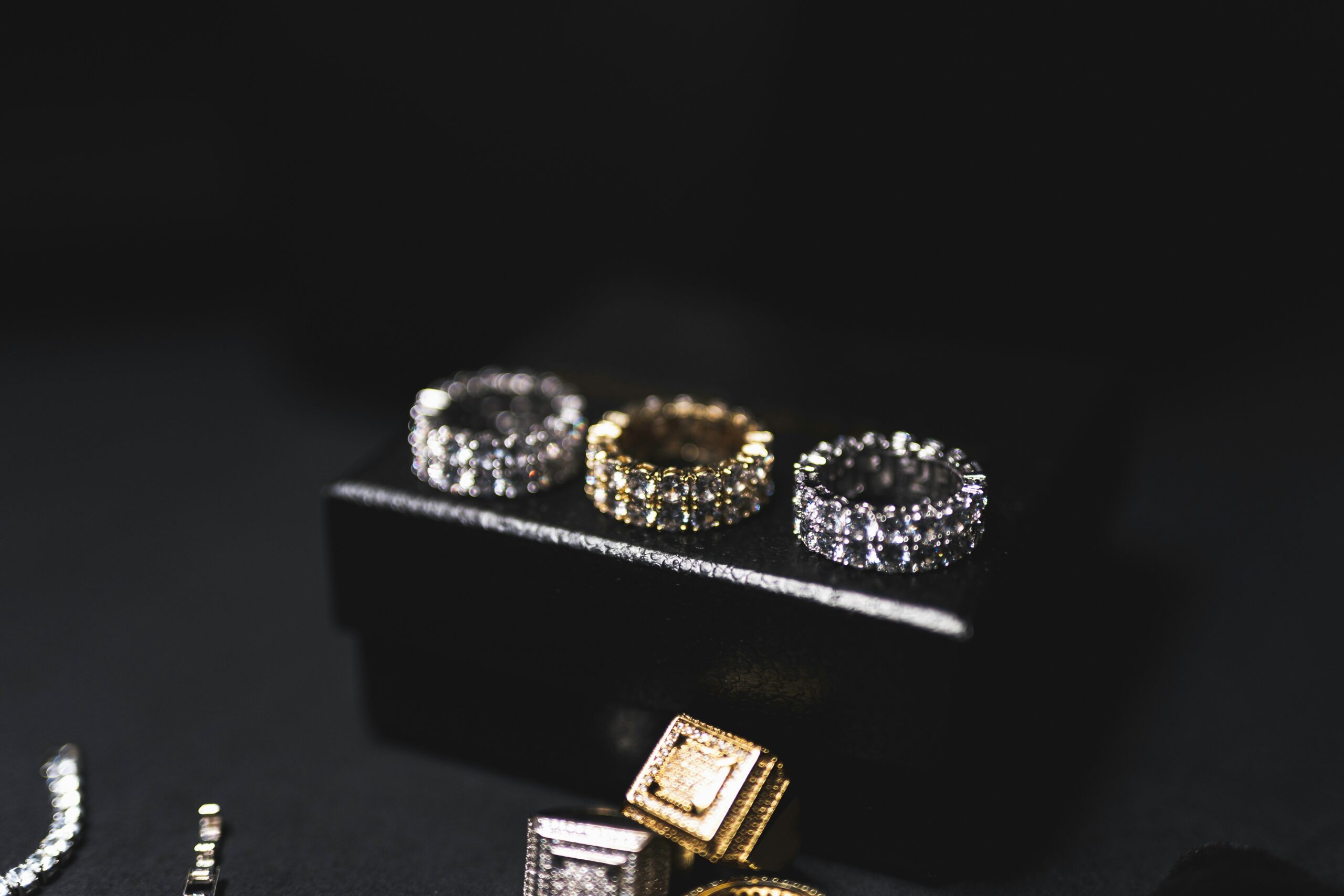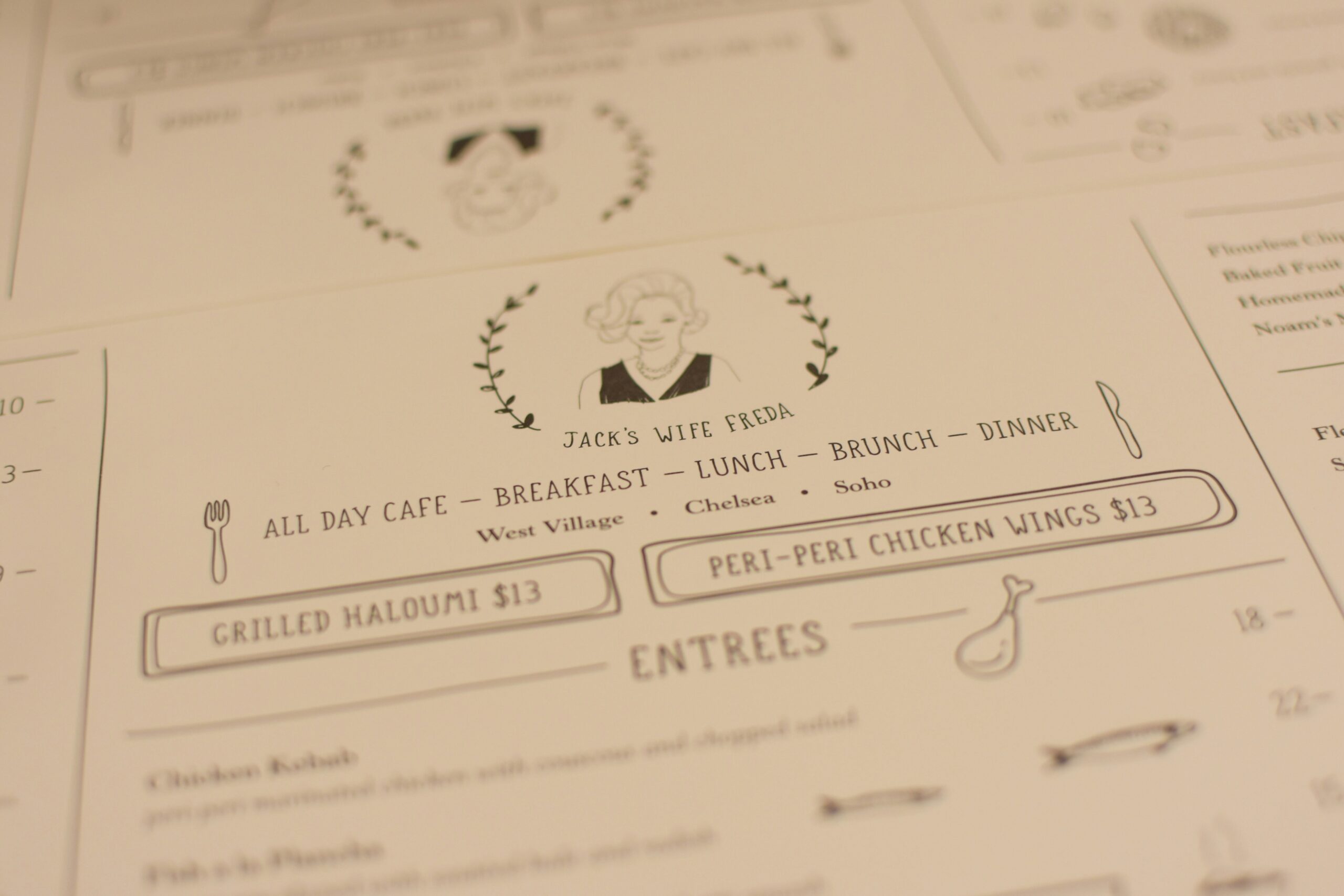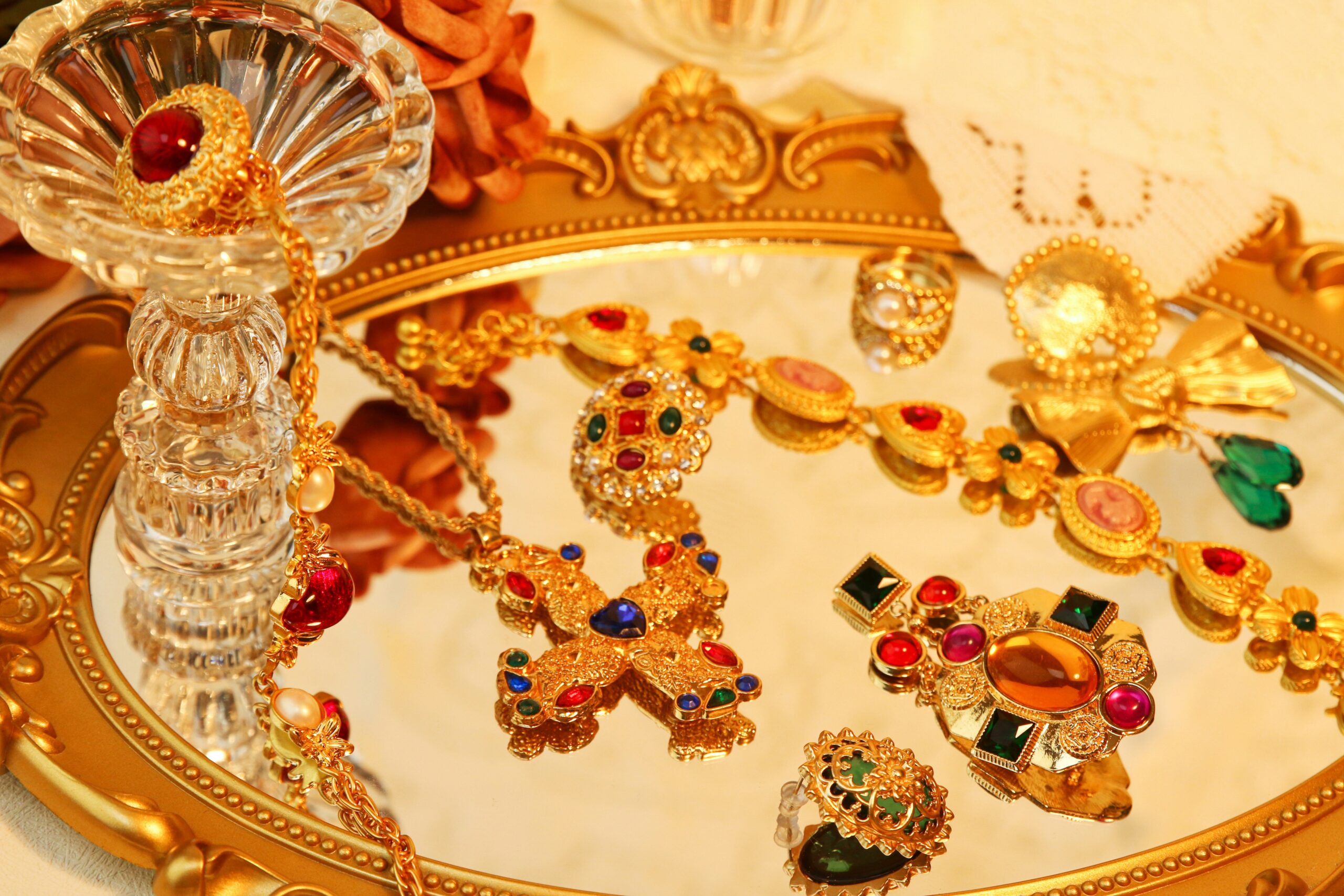Ever had that sinking feeling when you realize your grandmother’s heirloom diamond ring is missing? Now imagine filing a burglary insurance claim… only to find out the payout won’t even cover half its value because you never got it appraised. Ouch.
In this post, we’ll explore why a Jewelry and Valuables Appraisal is your best friend when it comes to protecting your prized possessions against theft. You’ll understand how to safeguard your assets, what steps to take before disaster strikes, and yes, a few brutally honest lessons I’ve learned the hard way.
Table of Contents
- Why Jewelry and Valuables Appraisals Matter
- Step-by-Step Guide to Getting an Appraisal
- Tips for Maximizing Your Insurance Coverage
- Real-Life Examples: How Appraisals Save the Day
- FAQs About Jewelry and Valuables Appraisals
Key Takeaways
- A professional appraisal ensures you get the full insured value of your jewelry during claims.
- Skipping appraisals can leave you underinsured or unable to prove ownership in case of theft.
- Regular updates to appraisals are crucial as market values fluctuate over time.
Why Does a Jewelry and Valuables Appraisal Matter?
When was the last time you actually read through your burglary insurance policy? If you said “never,” join the club. Most people assume their policies automatically cover everything at replacement cost. Spoiler alert: They don’t.
Insurance companies often require proof of value for high-ticket items like jewelry. Without an official appraisal, they may default to a generic payout amount—leaving you far short of what you need to recover your loss. Trust me; I once tried filing a claim without one. The adjuster looked at me like I’d asked them to conjure gold bars from thin air.

The Shocking Stat:
According to industry data, nearly 60% of homeowners are underinsured for their valuable personal property. That includes jewelry, art, antiques—you name it. Don’t become part of that statistic.
Step-by-Step Guide to Getting a Jewelry and Valuables Appraisal
Optimist You: “This sounds easy enough!”
Grumpy You: “Yeah, but make sure you bring coffee.”
Step 1: Choose a Certified Appraiser
Not all appraisers are created equal. Look for someone certified by reputable organizations like the American Society of Appraisers or the Appraisal Foundation. Why? Because shady operators exist, and no one wants to pay top dollar for a bogus report.
Step 2: Gather Documentation
Dig up receipts, certificates of authenticity, or any other documentation proving the origins and history of your valuables. Yes, even if it means rummaging through dusty shoeboxes in the attic.
Step 3: Schedule the Appointment
Certified appraisers will physically inspect your items, photograph them, and evaluate their condition, materials, craftsmanship, and current market value. Pro tip: Be prepared for small talk about gemstones while they scrutinize your bling under bright lights.

Step 4: Review the Report
Your appraisal report should include item descriptions, photographs, valuation methods, and estimated replacement costs. Keep copies (both digital and physical) organized with your insurance paperwork.
Tips for Maximizing Your Insurance Coverage
- Document Everything: Snap photos or videos of your valuables alongside identifying features (e.g., serial numbers).
- Update Regularly: Market prices change, so reassess every 2–3 years.
- Add Riders: A standard homeowners’ policy likely has coverage limits—ask your insurer about adding specific endorsements for high-value pieces.
Real-Life Examples: How Appraisals Saved the Day
I know someone (*cough* my cousin) who lost her engagement ring on vacation. She thought she’d just get reimbursed since she had renter’s insurance—but surprise! Without an appraisal, the insurer lowballed her. Lesson learned the hard way.
On the flip side, consider Sarah, whose antique necklace was stolen during a home invasion. Thanks to her recent $5K appraisal, she recouped every penny—and then some—from her insurer within weeks. Chef’s kiss.

FAQs About Jewelry and Valuables Appraisals
How much does a jewelry appraisal typically cost?
Rates vary depending on location and complexity but expect to pay anywhere from $50 to $150 per item.
Can I use online appraisal services?
Sure…if you want questionable accuracy. Always opt for an in-person evaluation unless absolutely necessary.
What happens if my appraisal is outdated?
You risk being underpaid in the event of a claim. Stay proactive and update regularly!
Do appraisals expire?
Technically, no—but insurers might not honor old reports due to market fluctuations. Treat them like perishable goods.
Conclusion
So there you have it—a crash course in Jewelry and Valuables Appraisal for smarter burglary insurance planning. By now, you know why skipping this step is a recipe for financial heartbreak.
Remember: Protecting your most cherished belongings starts with knowing their true worth. Whether you’re new to collecting or already sitting on a treasure trove, these insights equip you to stay ahead.
And hey, here’s a little something to wrap things up:
Shiny gems, tucked away, Safe behind locked doors today. But oh no—burglars strike! An updated appraisal saves the night.
Stay safe, stay savvy, and keep those appraisals fresh. Like a Tamagotchi, your peace of mind needs daily care.


